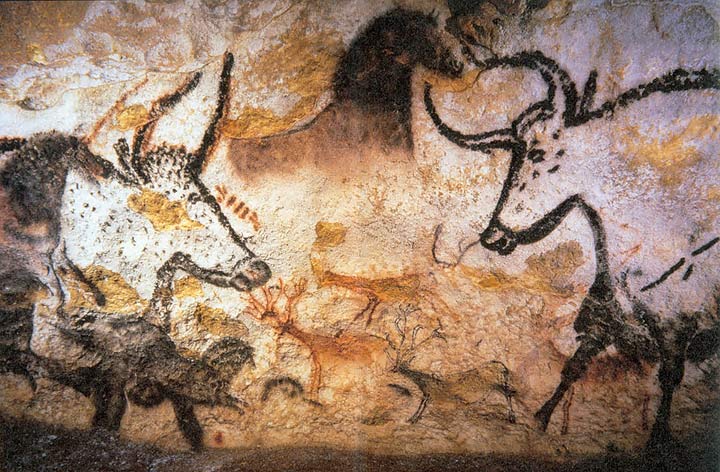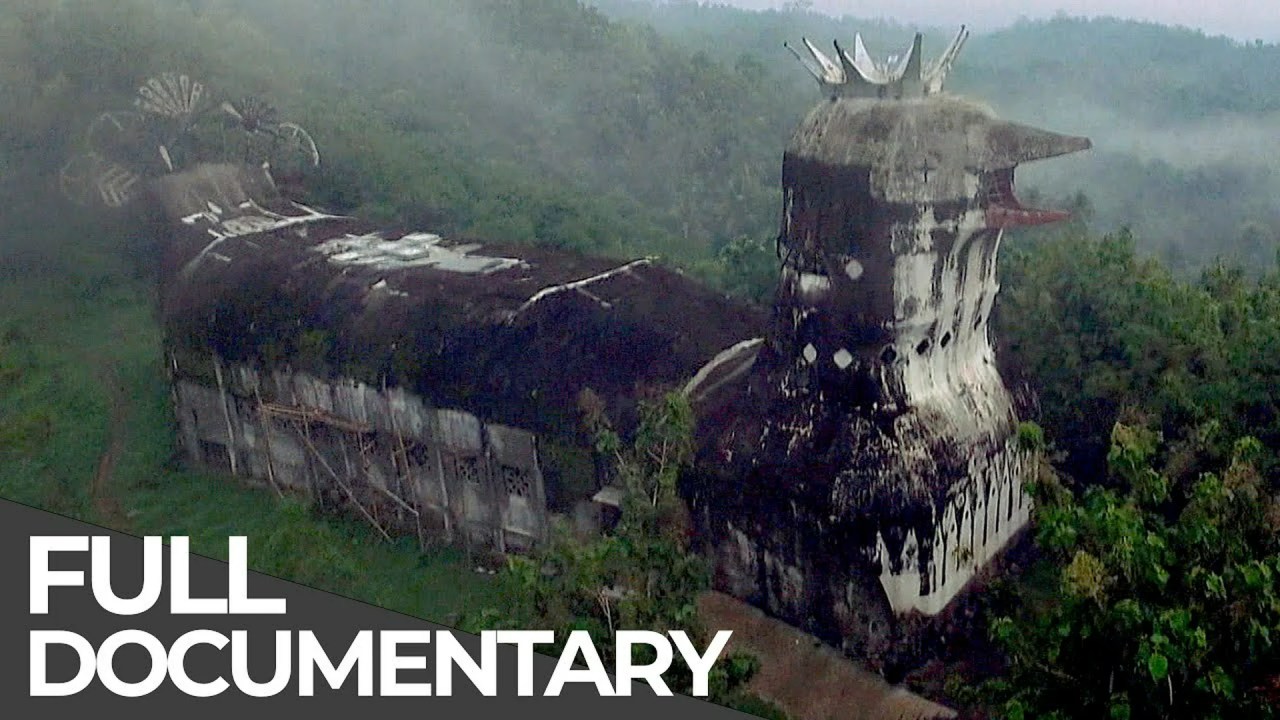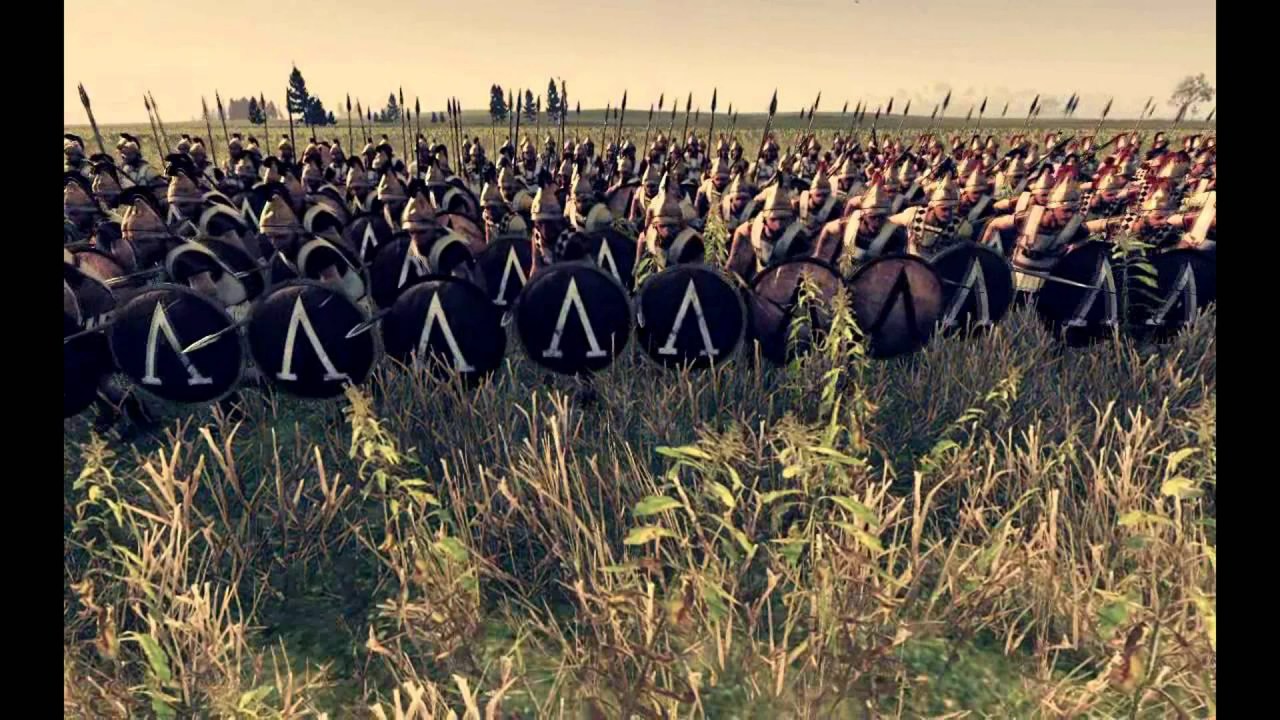The caves of Lascaux were discovered in 1940. Since then, they became one of the main attractions in Europe for archeologists. Much to their delight, the caves contain some of the best-preserved Stone Age art. Some of the art is more than 17,300 years old. Now, they are not the oldest caves, but they are the best preserved.
The art gallery became one of the Dordogne’s top attractions. But, in 1955, experts recommend closing. And that came in 1963 because of the carbon dioxide, heat, and humidity ruining the rock paintings.
How were they discovered?
The origin story of the caves is unique one. Everything happened when four French teenagers looked for their dog.
The four teenagers were wandering the small medieval town of Montignac in Aquitaine. But their puppy fall into a small cavern into the food. They saved the dog, and few days later returned to the cave.
One of the boys lowered himself in to explore a bit further. His eyes instantly went nuts over the spectacular cultural artifacts. Dozens of colorful images of animals along the walls and overhead.
The teenagers explored the cave for a few days before reporting back to their teacher. Then, the teacher contacted local cave art specialist who made extensive documentation of the images. Soon, visitors came to visit the caves.
The Art
The art in the caves is painted on and engraved into the uneven walls of the cave. The artists worked with the edges and curves of the walls to enhance the composition. The result is an impressive display of animals and abstract symbols. There are even humans.
Lascaux Cave Paintings – Virtual Tour from Vimeo Videos on Vimeo.
Horses dominate the imagery, and then deer and aurochs. Last, but not least, you will see ibex and bison. There are also some carnivores including lions and bears.
The entrance leads away from the daylight and straight into the main chamber. This is the Hall of the Bulls, containing mostly aurochs, which is an extinct type of large cattle. You will see them in a round dance, with four large bulls tower above fleeting horses and deer.
Next is the Axial gallery, which is a dead-end passage. Still, it is a spectacular one. Many call it the Sistine Chapel of Prehistory, as the ceiling is home to many compositions.
Another exit from the Hall of the Bulls leads to the Passage. This is where you will find most of the engravings, but also paintings of a large variety of animals.
The Nave follows the Passage, and then you have the Chamber of Felines.
The Unique Color
One of the best aspects of the caves are the fabulous colors. The colors are taken directly from the Earth itself. Those are the red and yellow ochre, found in the soil of much of the region. Then, you have the deep black manganese dioxide, found inside and outside the caves. Prepared by mixing it with liquid and applied by brush or spraying from the mouth or through a thin tube.
There are many in-between shades achieved through mixing. Artists used them to make animals stand out or tie them together.
What makes the caves special?
The most interesting part of the caves is the spraying technique. Artists gave the technique an edge, but where the edge is allowed to fade out.
The perspective was not achieved through use of converging lines and focal points. Instead, artists achieved it through clarity and size. Almost all animals are shown in profile position. And instead of drawing four limbs straight down as a modern child might do, the animals here have a faded-out gap between the strong, clear line of the body and the shape of the most distant limbs.
The crossed bison showcases all of the techniques used in the caves
Another unique technique is the illusion of motion. In modern era images, we have several ways of indicating motion. For example, we can use blurred regions, repeated lines, or other techniques. But prehistoric image-makers, used repetition for the illusion of motion. In Lascaux, this is shown through repetition of entire figures.
Quick Fun Facts
- Lascaux is a group of connected caves located in the Vezere Valley in France’s region of Aquitaine
- The artwork was created more than 17,000 years ago
- UNESCO declared the caves a World Heritage Site in 1979
- There are more than 600 drawings and 1500 engravings
- Colors used in the caves include red, black, yellow, violet, and brown
- The caves were open to the public from 1948 to 1963
- Lascaux II was opened in 1983, where the paintings were meticulously replicated and tourists can visit
- The theories regarding the meaning of paintings is either documentation of life and hunting, or religious metaphors
- Besides paintings, bones, tools, and other objects were discovered in the caves





















